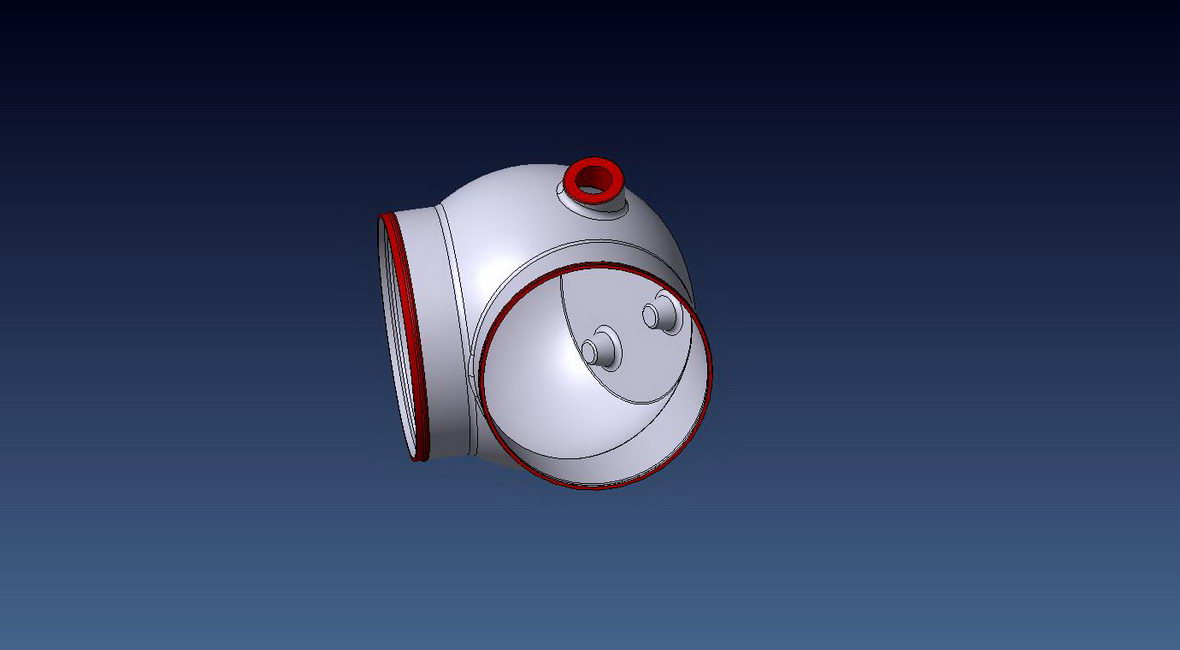Nowadays, many products designed with computers now have a physical appearance with 3D modeling method. 3D modeling can also be defined as the use of various computer programs to bring the image of an object into a physical pattern. At the end of this process, the resulting product is called 3d model.
There are many methods used in the manufacturing process of the 3D model prepared product. In addition, the raw material (plastic, iron-steel and its derivatives) which are intended to be manufactured are decided according to the suitability of the area in which the part is to be used and how many are to be manufactured. Accordingly, the models made of aluminum, MDF plywood and styrofoam material are fully suitable for their purpose. In the foundries prepared for molding, the synthetic eya is prepared for casting by means of molding methods called resin. In this process, which is realized by pouring the molten metal into the prepared mold, the temperature is high (minimum 1560 degrees), the number of the ventilation system of the company, the number of people in the same environment during the casting and the casting period are factors such as casting period. The range of applications is quite extensive. In order to consider the process of forming the casting pattern in detail; MDF, plywood, hornbeam, oak, aluminum and styrofoam materials such as the 3D model to prepare for casting or other manufacturing methods can be referred to.
Aluminum Mold: In this process, which is called as aluminum casting, molding is made by using the pre-produced model of the planned part. In this process, which is made using the mold sand, the melted aluminum is poured into the mold and then left to cool. The molds that are made of sand are cooled and the model is released. Aluminum casting is generally used when it is desired to produce with light and durable material.
In this method, which is more durable than sand mold, the molten metal is poured into the mold made of steel or a different type of iron. The fault tolerance is minimized by this operation. This method is recommended if it is desired to produce a large number of parts.
Plywood Model: The model is considered to be a copy made of wood, which is primarily intended to be poured. The wood to be used must be kept in a dry, hard and moisture free environment. Usually used for the low cost of the model, the number of manufactured products are used to be low. It is not recommended for models with long production times due to rapid deformation.
MDF Model: Although it has similar aspects as chipboard, MDF is considered as a different material and it is a different molding tool. MDF is a fine and powdery material. It has a much tighter and more durable structure. The models produced with MDF, due to their easily machinable surface, are formed into a smooth structure when shaped by the etching method and appear to be pleasing to the eye.
Styrofoam Model: Styrofoam material can be produced from the model. Only one cast can be made with the preferred styrofoam material to obtain low cost and high quality casting surface. This method can be preferred to save on single casting models.




